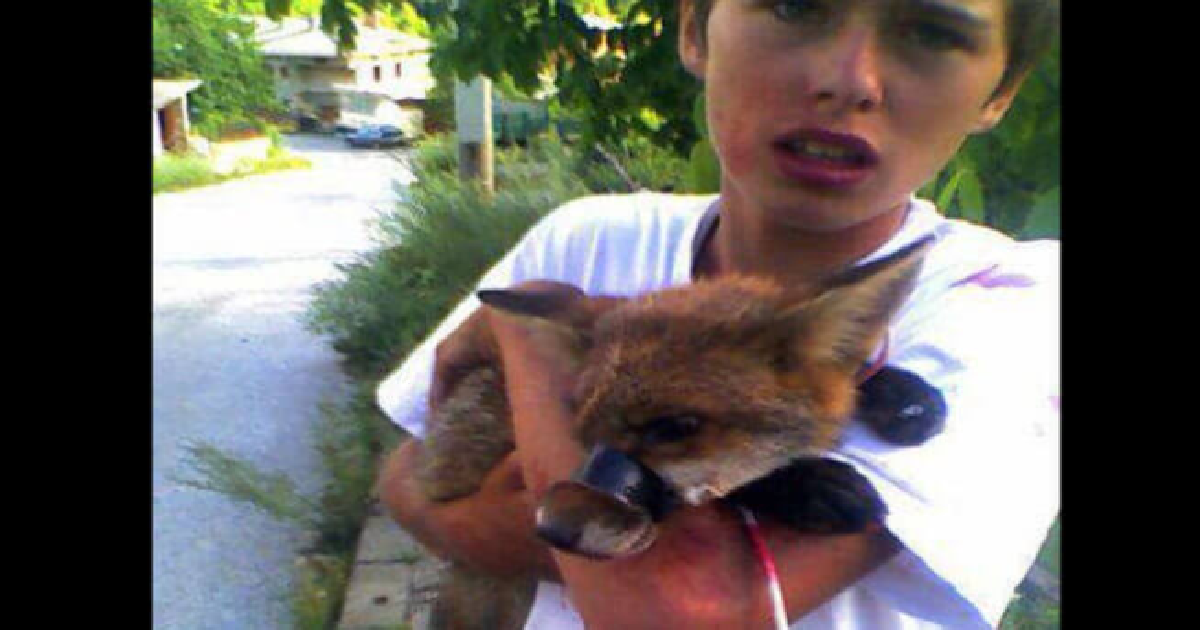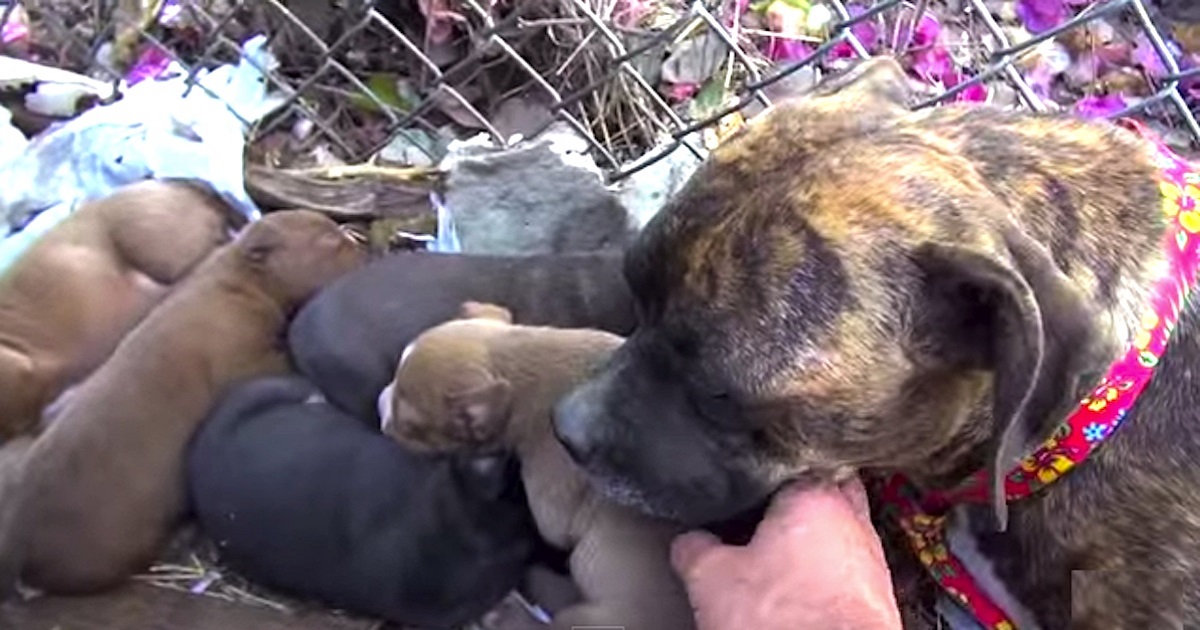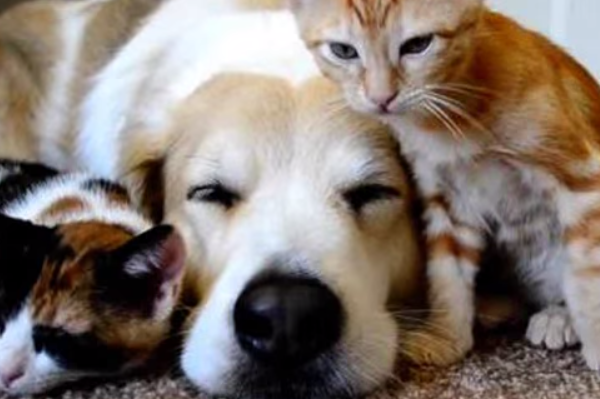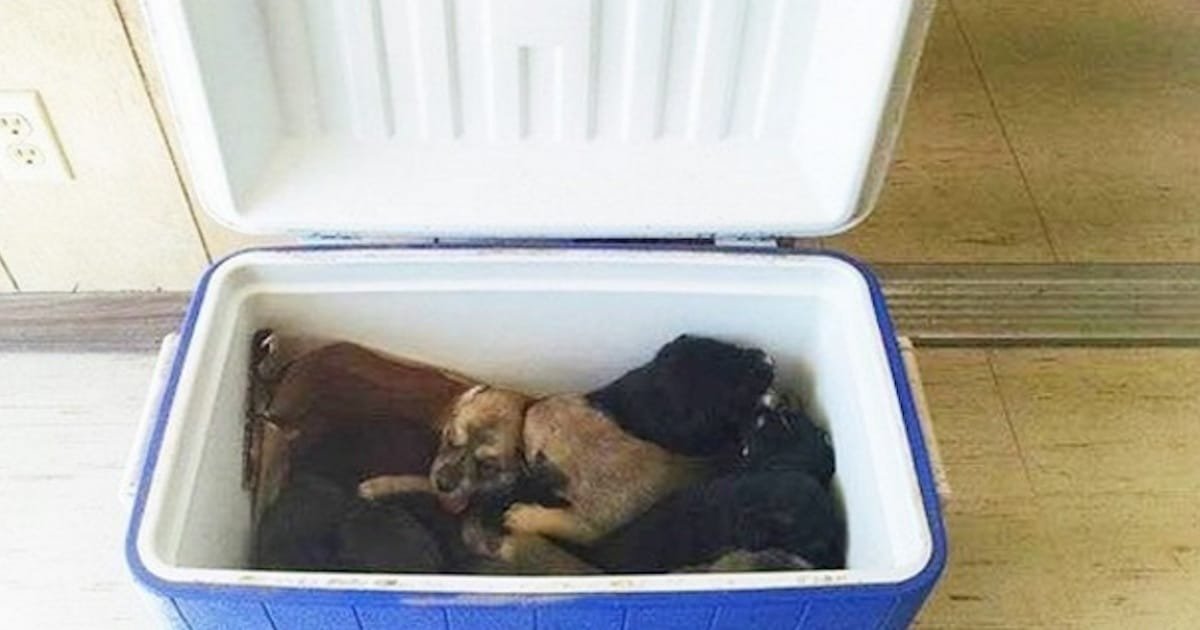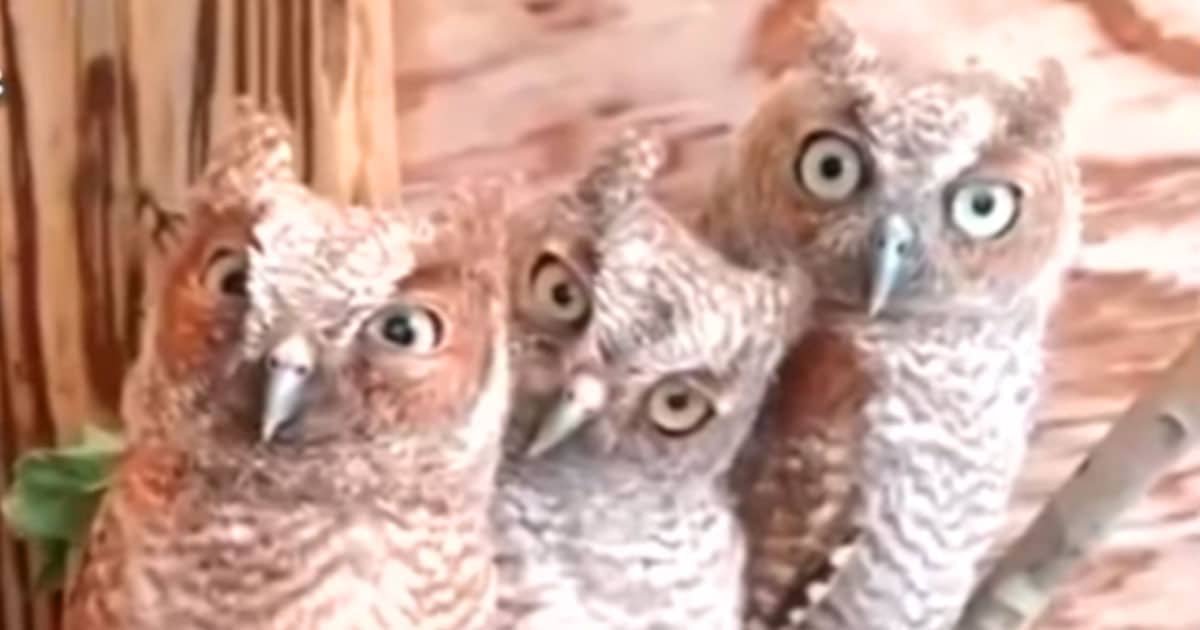As a bearded dragon owner, I’ve always been fascinated by their intriguing behaviors, keen to understand every flick of the tongue or bob of the head. And if you’ve ever felt the gentle touch of a bearded dragon lick, you might have experienced a mix of delight and curiosity. Sensing your puzzlement, let me share with you what I’ve learned about interpreting bearded dragon behavior and what such licks could signify in the realm of bearded dragon communication.
In essence, when these scaly companions lick us, it’s not a signal of hostility or a display of human-like affection. Rather, it’s their way of deciphering the world. Through their licks, bearded dragons ‘taste’ the air or objects, grasping essential data about their environment—a captivating process you’ll soon appreciate as much as I do!
Understanding Bearded Dragon Licking Behavior
As I delve into the fascinating world of bearded dragon licking behavior, it’s clear that these creatures use their tongues as a means to interact with their environment. Just like we humans use touch and vision to make sense of our surroundings, bearded dragons have evolved a unique method of sensory perception that allows them to understand their world in a different yet equally complex fashion.
The Role of Jacobson’s Organ in Sensory Perception
At the core of understanding bearded dragon body language is the Jacobson’s organ. It’s an intricate part of their anatomy, discreetly tucked inside the roof of the mouth and ready to analyze the particles collected during their characteristic licking action. When they flick their tongues out, what may seem to be a simple or quirky behavior is actually a sophisticated physiological process that provides valuable environmental insights, thereby enhancing their survival.
Decoding the Differences in Licking Patterns Among Bearded Dragons
Moving beyond the sensory capabilities, I’ve become fascinated by decoding bearded dragon licking patterns as they vary widely among individuals. Younger dragons appear more curious and lick almost incessantly, like toddlers touching everything within reach. Observing these reptilian adolescents, one can’t help but be captivated by their insatiable thirst for knowledge about the world they inhabit, articulated through the delicate dance of their tongues exploring surfaces and spaces around them.
Bearded Dragon Licking as a Non-Aggressive Action
It’s important to dismantle the misconception about licking implicating aggression. Far from signalling confrontation, licking for bearded dragons is a passive and non-confrontational means of data acquisition. Whether they brush against a basking rock or a fellow dragon, these gentle creatures are not picking a fight but merely saying, “Hello, I acknowledge you.” Such gestures are integral to their social playbook and serve as a means of peaceful communication.
Environmental Exploration Through Licking
As I watch my bearded dragon maneuver through its enclosure, I am always fascinated by its methodical licking. This habitual practice is far more than a simple quirk; it’s a critical aspect of interpreting reptile behavior. Through this unique form of bearded dragon communication, these creatures can form a comprehensive understanding of their environment. This exploration is crucial not only for their mental stimulation but also for their safety.
Investigating New Surroundings and Changes in the Habitat
Whenever anything new is introduced into the enclosure or when any alteration is made, my bearded dragon sets forth on a meticulous exploration, using its tongue as a sensory guide. This way, it bonds with its surroundings, an aspect of bearded dragon bonding with its habitat that many overlook. It is essential to monitor these interactions closely, as they can provide us valuable cues about our pet’s well-being and stress levels.
Implications for Bearded Dragon Enclosure Safety and Substrate Choices
To create a hazard-free zone, I’ve learned to choose the enclosure’s substrate carefully, considering that loose substrates can lead to impactions. By opting for reptile carpets or safe excavator clay, the risk for my bearded dragon to ingest harmful material is drastically minimized. This attentive selection is a testament to the responsibility we bear as owners in nurturing their health through creating a secure and enriching living space.
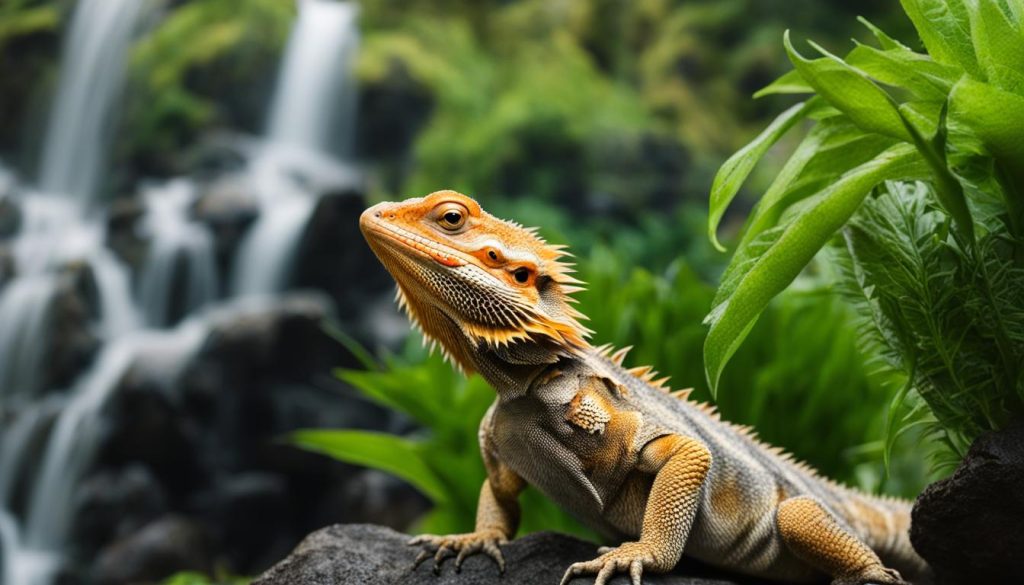
What Does It Mean When a Bearded Dragon Licks You?
As a bearded dragon owner, I’ve noticed a particularly curious behavior that seems to intrigue many others in the reptile-enthusiast community – my bearded dragon often licks me. If you’ve ever pondered why do bearded dragons lick their owners, you’re not alone. Initially, I too thought it might be a display of affection, akin to the way our furry pets might express their love. However, this behavior is more accurately a part of interpreting reptile behavior, specifically, their way of exploring the world around them.
Bearded dragon licking is essentially a form of sensory investigation. My scaly friend is not showering me with kisses but is instead gathering critical information about me. This action allows my bearded dragon to understand who I am, potentially establishing a difference between friend and stranger. It’s quite fascinating when you consider that these reptiles have their unique way of bearded dragon bonding with their owners through such sensory mappings.
Some people might ascribe to the idea that a calm, licking bearded dragon is showing affection. While it’s not unreasonable to interpret the behavior in this way due to its gentle nature, it’s essential to remember that these creatures experience and express their connection to the environment and their handlers differently than domesticated mammals do. Instead, the licking serves as their means of creating a mental map of their surroundings, including their human companions. Over time, as the dragon gets more accustomed to my presence, I’ve noticed the frequency of licking does indeed lessen, suggesting increased comfort and familiarity.
Interpreting Bearded Dragon Communication: Licking and Social Cues
When it comes to bearded dragon communication, these intelligent creatures have a unique way of expressing themselves. As an avid reptile enthusiast, I’ve spent countless hours observing and interpreting bearded dragon behavior. One behavior that particularly stands out is their licking, which serves multiple purposes in their daily interactions.
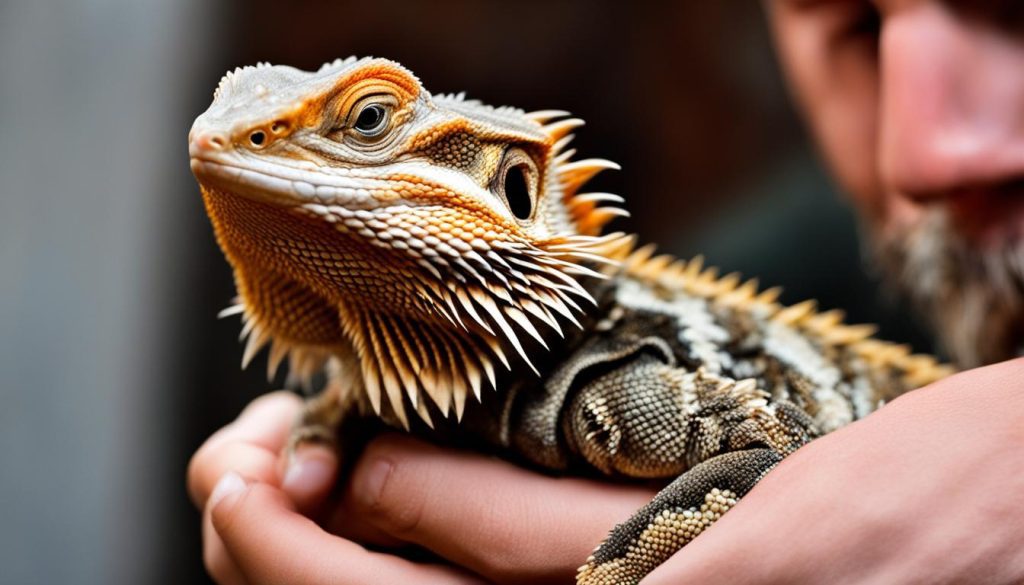
During my observations, I’ve found that licking is an integral part of how bearded dragons communicate with both their environment and other dragons. It’s fascinating to watch them navigate their social structure with these subtle cues. For instance, my observation has confirmed that males tend to use licking to detect the presence of female pheromones, especially during breeding season. This behavior is crucial for identifying potential mates and ensuring the continuation of their species.
Moreover, both male and female bearded dragons utilize licking to convey interest or submission within their social hierarchy. By understanding bearded dragon body language, it becomes clear how their actions—such as where they lick or whom they lick—play a role in establishing and recognizing territorial borders. A bearded dragon thoroughly inspecting the walls of its enclosure with its tongue isn’t just curious; it’s marking its territory and making its presence known to any other dragons that might be in proximity.
Overall, the challenge and joy of caring for a bearded dragon come from learning to understand and respect these behaviors as a means of communication. By acknowledging their licking as more than just a quirky habit but rather a sophisticated method for deciphering their surroundings and peers, I have come to appreciate the complex ways these animals interact with their world.
Bearded Dragons Licking and Thermoregulation
As someone deeply fascinated by these scaly companions, I’ve observed that bearded dragon licking behavior entails much more than mere curiosity or social interaction. Indeed, it is a multifaceted behavior that plays a pivotal role in various aspects of their survival, including the critical process of thermoregulation. Let’s delve into the science behind this intriguing behavior that might mistakenly come across as a sign of affection at times.
Temperature Check: How Licking Aids in Heat Sensing
Understanding the temperature of their environment is crucial for bearded dragons to thrive. In my experience, when I see my bearded dragon methodically licking the rocks and branches around its terrarium, it’s not just about exploring textures or tastes. This behavior is an integral part of decoding bearded dragon licking as a thermoregulatory mechanism. The slight moisture on their tongue picks up on the subtleties of surface temperatures, which informs them where to bask or seek shade, ensuring their body temperature remains optimal for digestion and activity.
Basking Behaviors and Open-Mouth Thermoregulation
It’s fascinating to watch a bearded dragon in a basking stance, soaking up the warmth under a heat lamp. This behavior is not just for comfort—it’s a necessary ritual for these cold-blooded animals to regulate their body temperature. And while they may often use licking as an immediate temperature sensor, the open-mouth posture is equally telling. I’ve seen this firsthand; when my bearded dragon gapes its mouth while basking, it’s an effort to dissipate heat and avoid overheating, a clear sign that I need to check if the temperature gradients in its habitat are appropriately maintained for its wellbeing.
In sharing my insights on these fascinating creatures, I aim to help you as a fellow caretaker better understand the nuances behind bearded dragons licking as a sign of affection, or more accurately, as part of their survival instincts. Such knowledge empowers us to create safer, more comfortable environments for our scaley friends.
Conclusion
As we’ve explored the fascinating world of bearded dragons, it’s evident that the licking behavior often misinterpreted as a sign of affection is much more complex. I’ve learned that when a bearded dragon licks me, it’s primarily engaging in a sensory analysis — a way to fathom the environment, which is crucial for their survival. From interpreting reptile behavior to understanding the environmental temperatures, every lick is a piece of information added to their mental map.
For those of us seeking to forge a stronger bond with our scaly companions, it’s vital to recognize these instincts. Bearded dragon bonding comes from respecting their needs and behaviors rather than imposing our own interpretations upon them. As a guardian to these remarkable animals, my responsibility extends to providing a secure and well-maintained habitat. Paying close attention to their surroundings and ensuring the enclosure is filled with non-toxic items and safe substrates reinforces their well-being and our connection.
My relationship with my bearded dragon is enriched by understanding their body language and respecting their unique form of communication. Licking, as I have come to realize, is less about affection and more about their way of navigating life. Whether it’s licking as a method of interpreting reptile behavior or aiding in thermoregulation, these actions speak volumes about their needs. Acknowledging and adapting to these instincts is what makes the companionship truly rewarding and ensures a happy, healthy life for these intriguing pets.

